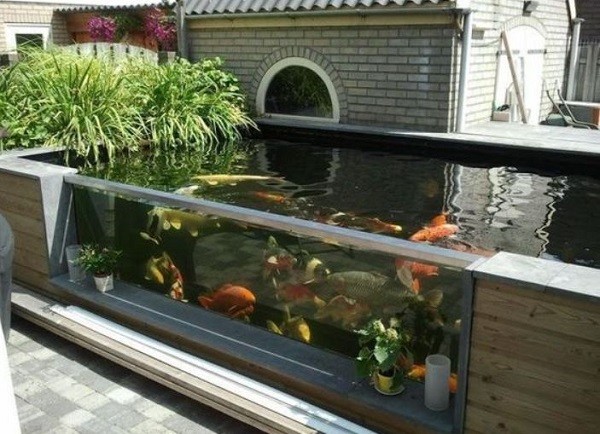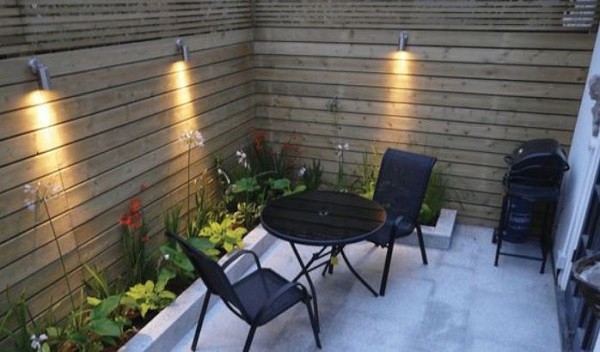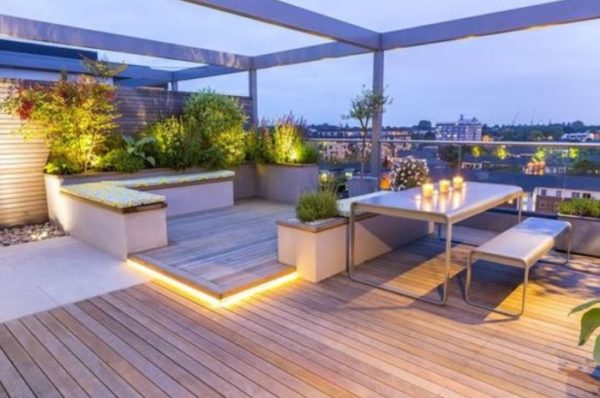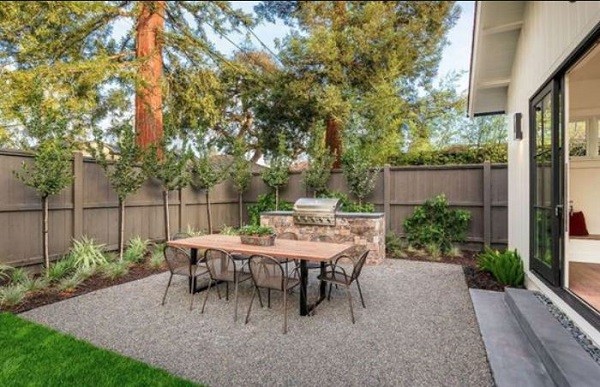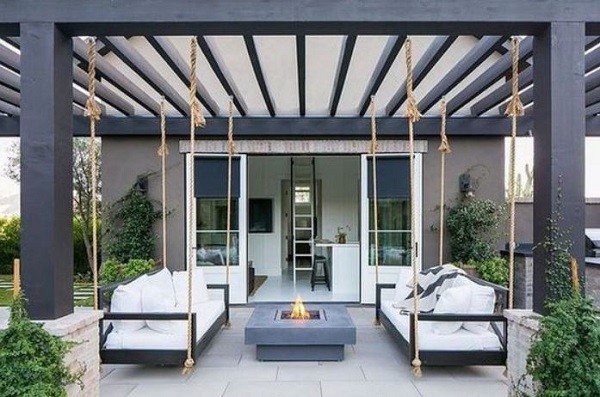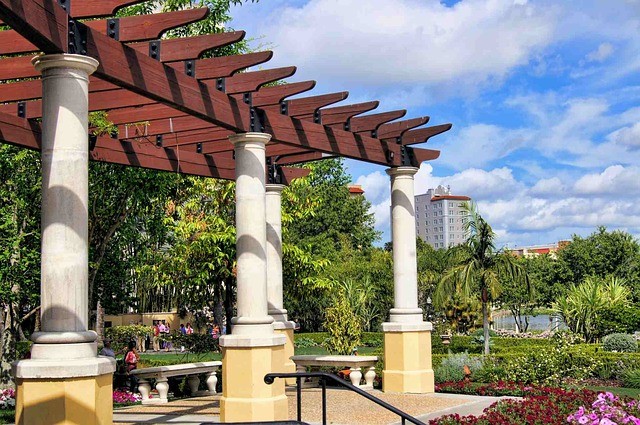Proper garden drainage is essential for a healthy garden. Too much water will prevent oxygen from traveling to plant roots and lead to root rot. A garden needs practical drainage solutions to avoid this outcome. Sometimes drainage solutions are simple, and the homeowner can implement changes themselves, but sometimes garden drainage contractors are necessary to deal with severe issues.
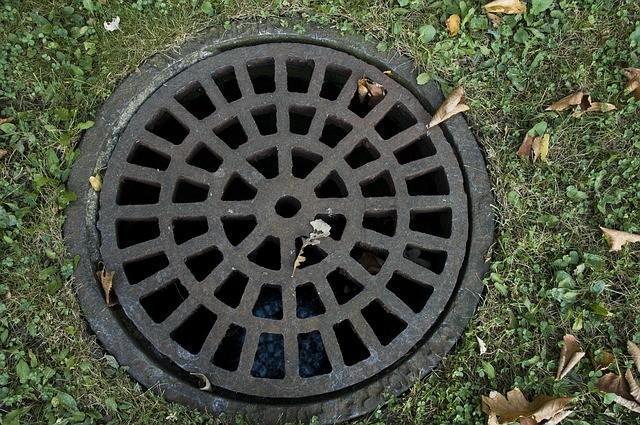
Discussed below are five common garden drainage problems with solutions.
Problem 1: Clay Soil
Heavy rainfalls can leave your garden vulnerable. Clay soil can be the culprit for minor garden problems. Clay soil is denser than other soil types. It takes longer for water to filter through it. Water build-up will occur, leading to root rot.
Solution:
Consider adding organic material to clay-rich soil to help improve its consistency. Adding compost helps create better soil. The best organic materials to use for this task are green plants and stored manure.
Stored manure lacks an unpleasant smell and has a different texture than fresh manure. One of the benefits of using the stored variety is that it maintains some of its natural nitrogen content without hurting your plants.
Problem 2 Garden Slope
The garden needs to exist on a slight slope flowing away from your home. Without this slope, water will accumulate in the garden bed. The water will sit instead of being diverted away from the garden.
Solution:
To correct a garden with a negative slope, you can build up the soil in one area so that the garden slopes downward. However, this may not be prudent if your garden is already planted and blooming.
If grading your garden is not immediately possible, you will need to find alternative ways to filter out excess water. Some options include installing a French drainage pipe or sump pump. Also, rain barrels capture water preventing the liquid from soaking into the garden.
Problem 3: Downspout Incorrect Installation
The downspout’s job is to navigate water away from your home. When your home eavestroughs do not drain properly, water can pool in the yard. Your garden can be adversely affected by this.
Solution:
Make sure your downspouts carry water away from your garden and not toward it. If this is the case, you will need to ensure that you reroute your water runoff.
You can place your downspouts at an angle to help direct water away from your home and garden. If possible, you can run your downspout into a creek or stream to help drain the water from the garden.
Problem 4: Uneven Surface
Areas of depression can occur in your garden and cause water to pool in specific areas. Uneven surfaces result in soggy problematic soil spots.
Solution:
Uneven surface areas may have difficult soil patches due to water accumulation. To fix this problem, consider excavating the problematic garden section and replacing the removed soil with engineered soil to accommodate water drainage.
Problem 5 Water Erosion
Finally, water erosion can cause untenable soil. Downspout water runoff can deplete the surrounding soil. It can strip the soil of nutrients needed to help plants grow.
Solution:
Keep the soil healthy by ensuring that there is a suitable place for the runoff water to go. An easy way to rectify this problem is to place a rain barrel under a downspout where water can collect.
Additionally, you can install a dry creekbed to transport the water away from your yard and garden. The dry creekbed allows for an aesthetically pleasing water drainage solution.
Final thoughts
If unsure how to correct your garden drainage issues, seek out East London plumbers and garden drainage contractors for advice and solutions.
